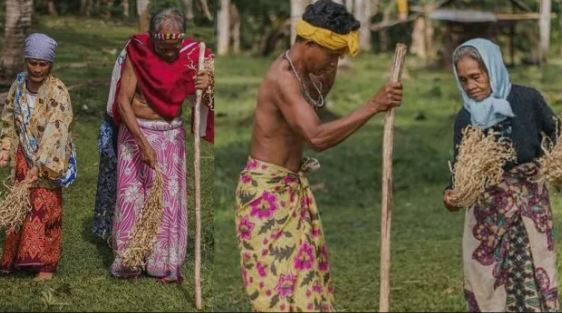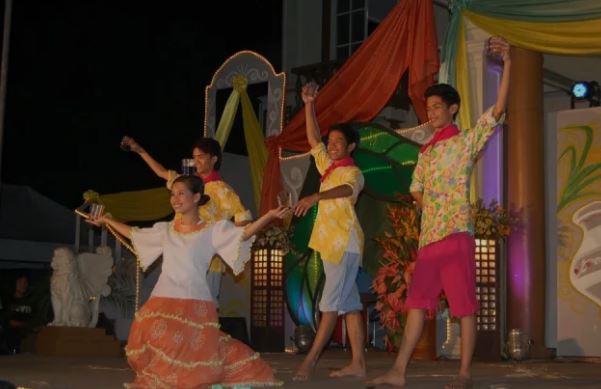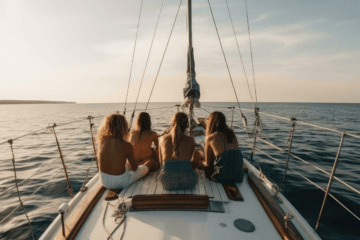Palawan, with its diverse indigenous communities, has a rich tapestry of music and dance that reflects the cultural heritage of its people.

Traditional music and dance in Palawan are often tied to rituals, celebrations, and daily life. Here’s a detailed list of Palawan’s cultural expressions through local music and dance:
Table of Contents
1. Tagbanua Music and Dance:
- Instruments:
- Tagbanua music often incorporates traditional instruments such as the bamboo zither or “kudyapi” and various percussion instruments like drums and gongs.
- Dances:
- Tagbanua dances are characterized by graceful movements that mimic nature, often depicting bird-like or animalistic gestures. The Tagbanua people use dance to express their connection to the environment and their cultural identity.
2. Pala’wan Music:
- Instruments:
- Pala’wan music features instruments like the “gabbang,” a bamboo xylophone, and drums made from animal hides.
- Dances:
- Pala’wan dances are deeply rooted in their agricultural practices. Some dances portray the planting and harvesting of crops, while others depict aspects of daily life, spirituality, and ancestral stories.
3. Batak Music and Dance:
- Instruments:
- The Batak people use traditional instruments such as the “kulileng,” a bamboo flute, and drums.
- Dances:
- Batak dances often involve energetic footwork and expressive hand movements. They celebrate community events, rituals, and the Batak way of life.
4. Cuyonon Music:
- Instruments:
- Cuyonon music often incorporates the use of guitars and other string instruments, reflecting the influence of Spanish colonial culture.
- Dances:
- Cuyonon dances are lively and often performed during festivals and celebrations. They embody the festive spirit of the community.
5. Tribal Music and Dance:
- Cultural Celebrations:
- Many cultural celebrations in Palawan feature tribal music and dance performances. These celebrations include rituals, feasts, and communal gatherings.
- Ritualistic Dances:
- Ritualistic dances are performed during important events and ceremonies, symbolizing the connection between the community and the spiritual realm.
6. Environmental Celebrations:
- Nature-Inspired Performances:
- Some dances and music in Palawan draw inspiration from the natural environment. The movements and rhythms may reflect the sounds and motions of animals, birds, or the flow of rivers.
7. Harana:
- Seranade Tradition:
- The Filipino tradition of “harana” involves the act of serenading, typically performed by men for their loved ones. While not exclusive to Palawan, it is an integral part of Filipino musical culture.
8. Incorporation of Modern Elements:
- Contemporary Fusion:
- In urban areas like Puerto Princesa, modern music genres and dance forms are becoming more prominent. Fusion of traditional and contemporary elements is seen in various performances.
9. Community Celebrations and Festivals:
- Festival Dances:
- Many festivals in Palawan feature traditional dances and music. Notable examples include the Baragatan Festival in Puerto Princesa and various local celebrations.
10. Cultural Preservation Efforts:
- Initiatives for Youth:
- Efforts are made to pass down traditional music and dance to younger generations through community programs and educational initiatives.
Tips for Experiencing Local Music and Dance:
- Community Events: Attend local festivals, cultural events, and celebrations to experience traditional music and dance performances.
- Engage with Locals: Interact with locals and inquire about opportunities to witness traditional performances or join community celebrations.
- Cultural Centers: Some areas in Palawan have cultural centers that showcase traditional arts. Check for performances and workshops.
- Respect Local Customs: When observing or participating in cultural events, always respect local customs, seek permission when necessary, and follow any guidelines provided by the community.

Palawan’s music and dance traditions provide a window into the cultural richness and diversity of the region. Experiencing these cultural expressions is not only a form of entertainment but also a way to appreciate the deep connections between the people of Palawan and their environment.


